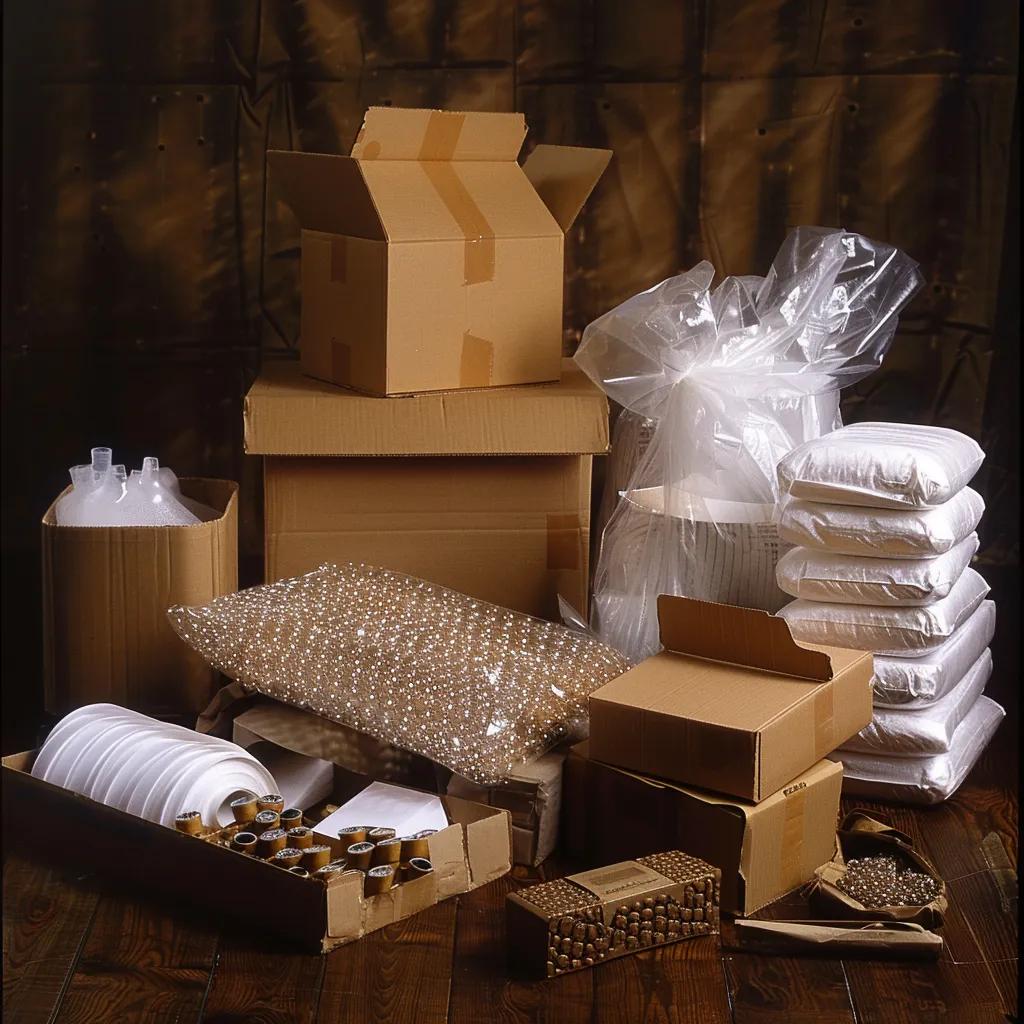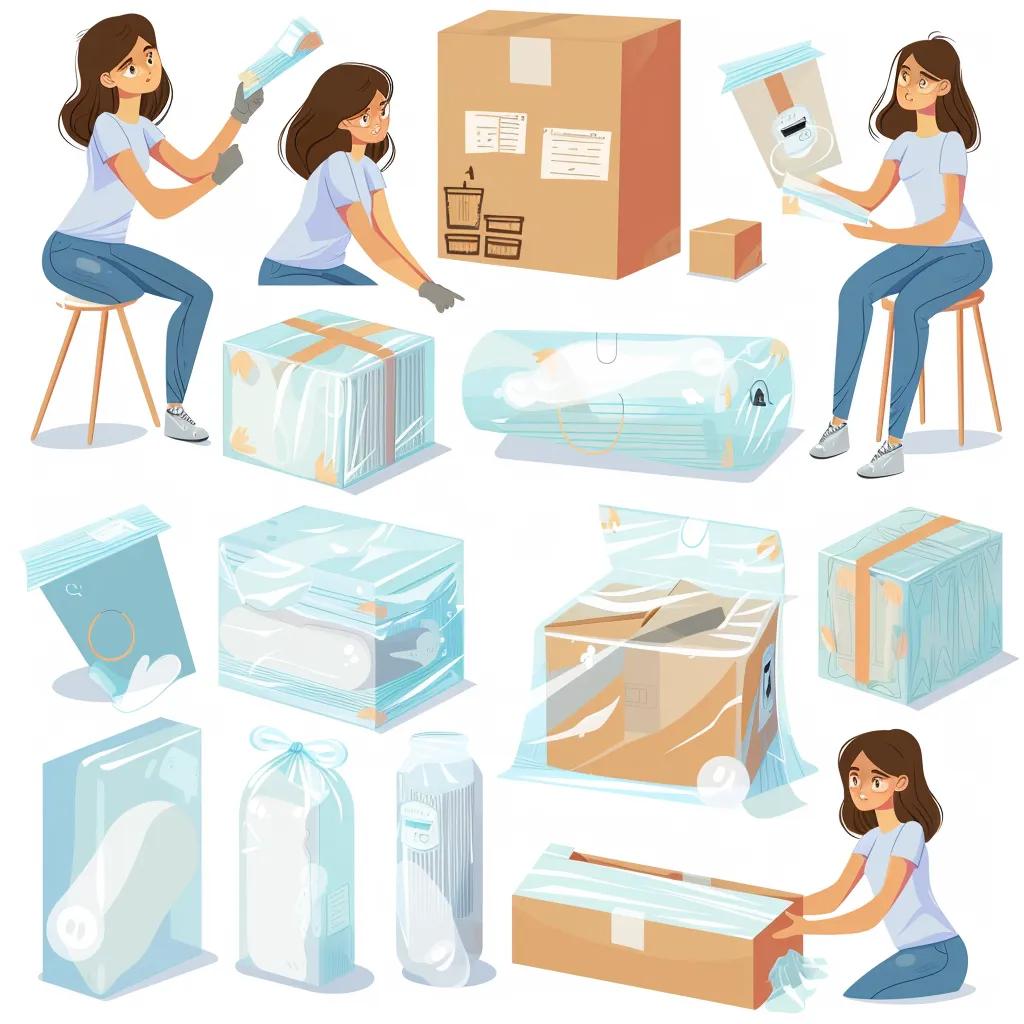How to Safely Pack Fragile Items Like Art, Glass & Safes

How to Safely Pack Fragile Items Like Art, Glass, and Safes with Hercules Moving Solutions
Packing delicate valuables demands expert methods to prevent damage and preserve their value. This guide explains professional best practices for fragile-item packing, step-by-step art protection techniques, glassware and dish handling, safe relocation protocols, and reasons to trust Hercules Moving Solutions for reliable, insured service. Readers will learn essential materials, wrapping and cushioning methods, labeling importance, specialized equipment for safes, plus how and when to call in our experienced teams. Whether planning a local or long-distance move, these strategies deliver peace of mind and damage-free transport.
What Are the Best Practices for Packing Fragile Items for Moving?
Proper fragile-item packing combines careful wrapping, correct materials, and clear identification to prevent breakage. By wrapping each piece individually, filling all empty spaces, and using sturdy containers, packers improve shock absorption and minimize shifting. For high-value art, glass, or heavy safes, integrating professional equipment and insured services offers extra protection. If you need more information, check out packing and storage services.
Best Practices for Packing Fragile Items
Proper packing of fragile items involves careful wrapping, the use of appropriate materials, and clear labeling to prevent damage during transit. This includes wrapping each item individually, filling empty spaces, and using sturdy containers to absorb shock and minimize shifting.
This supports the article’s emphasis on the importance of using the right materials and techniques to protect items during a move.
Which Packing Materials Are Essential for Fragile Items?

Before wrapping begins, gather supplies that cushion, stabilize, and separate items to avoid impact and abrasion.
| Material | Attribute | Benefit |
|---|---|---|
| Bubble Wrap | Cushioning Level | High shock absorption |
| Packing Paper | Flexibility | Conforms to shapes, prevents scratches |
| Specialty Boxes | Construction | Double-walled strength for heavy loads |
| Foam Peanuts | Void Filling | Even distribution of shock buffering |
Each material serves a unique role in reducing pressure points and securing items, preparing the way for individual wrapping and cushioned packing.
How Should Fragile Items Be Wrapped and Cushioned?
- Wrap each item completely in acid-free or packing paper before adding bubble wrap layers.
- Position heavier pieces at the bottom of the box and lighter ones on top.
- Fill voids with foam peanuts or crumpled paper to immobilize objects inside the container.
Following these steps ensures items remain stationary and insulated from external forces during transit.
Why Is Proper Labeling Important for Fragile Boxes?
Clear labeling guides every handler to apply extra care and correct orientation.
- Mark boxes with “FRAGILE” in bold on multiple sides.
- Add “THIS SIDE UP” arrows to prevent upside-down handling.
- Include a brief contents list on the box exterior for quick inspection.
Effective labeling reduces mishandling and streamlines unpacking by communicating fragility and orientation at a glance.
How Do You Safely Pack Art for Moving?
Art packing combines surface protection, structural support, and climate considerations to maintain condition and value. Proper wrapping prevents abrasion, and vertical placement minimizes stress on frames and canvases. Documenting condition before packing also aids in post-move inspection.
What Materials Are Needed to Protect Paintings and Sculptures?
- Acid-free paper to avoid chemical reactions with canvas or frame finishes
- Corner protectors made of foam or corrugated cardboard for frame edges
- Bubble wrap layers to cushion contours and irregular shapes
- Custom wooden or plywood crates for large sculptures and antique pieces
What Are the Step-by-Step Techniques for Wrapping and Packing Art?

- Clean and dust artwork gently, then photograph condition for records.
- Wrap flat items in acid-free paper, followed by bubble wrap secured with low-tack tape.
- Place framed pieces upright in mirror or flat-panel boxes, filling gaps with foam.
- Enclose sculptures in custom crates with internal bracing to prevent movement.
Following this sequence protects surfaces, frames, and three-dimensional forms throughout the journey.
When Should You Hire Professionals for Art Moving?
Importance of Professional Art Moving
High-value, oversized, or sentimental art pieces benefit from specialized expertise and equipment. Professional art movers offer the necessary precision, tools, and insurance coverage for priceless collections, ensuring their safe transport.
This citation reinforces the article’s recommendation to hire professionals for art moving, especially for valuable or delicate pieces.
- Pieces exceeding standard box dimensions or weighing over 50 lbs
- Fragile antiques or oil paintings with complex frames
- Sculptures on unconventional bases or with delicate materials
- Collections requiring custom crating, climate-controlled transport, or insurance coverage
Professional art movers bring the precision, tools, and liability protection needed for priceless collections.
What Are the Best Methods to Pack Glass Items Like Dishes and Stemware?
Glass packing focuses on orientation, individualized cushioning, and stable stacking to prevent chips and cracks. Vertical placement relieves pressure on surfaces, while sturdy dish pack boxes bolster side impact resistance. Combined with precise wrapping, these methods significantly reduce breakage risk.
How Should Glassware and Dishes Be Wrapped and Positioned?
- Wrap cups, glasses, and stemware individually in packing paper.
- Add a bubble wrap layer around each wrapped item for additional padding.
- Pack dishes on edge (vertical) like records to distribute weight evenly.
- Use dividers in dish pack boxes to create separate compartments.
What Specialty Boxes and Materials Protect Glass Surfaces?
- Double-walled dish pack boxes with built-in corrugated dividers
- Acid-free packing paper instead of newspaper to avoid ink transfer
- Foam sheet layers between stacked items for even shock distribution
How Do You Prevent Breakage During Transport of Glass Items?
- Fill empty spaces above and below items with foam or crumpled paper.
- Stack heavier items below lighter ones to avoid compression damage.
- Secure boxes in the moving truck to prevent sliding or tipping.
Stable placement and void-filling practices lock glass pieces in position, ensuring safe arrival.
How Can You Safely Move Safes of Different Sizes?
Safe relocation demands specialized equipment, secure fastenings, and precise handling to manage extreme weight and bulk. Professional movers apply dollies, straps, and custom crating to control movement and protect floors, walls, and the safe itself.
What Specialized Equipment Is Required for Safe Moving?
| Equipment | Function | Benefit |
|---|---|---|
| Heavy-duty Dolly | Load support and transport | Reduces floor damage and strain |
| Ratchet Straps | Secure fastening | Prevents shifting on dolly or truck |
| Skates / Rollers | Ease horizontal movement | Smooth transfer across surfaces |
| Custom Crate | Enclosure for transport | Protects corners and surfaces |
Using this gear ensures safe, controlled movement of safes ranging from home models to commercial vaults.
What Are the Steps to Prepare a Safe for Transport?
- Empty all contents and file a detailed inventory to reduce weight.
- Lock or bolt the door shut and reinforce with additional straps if needed.
- Wrap external surfaces with moving blankets or foam padding.
- Position the safe on a dolly, then secure it with ratchet straps before relocating.
Executing these steps prevents internal shifting, protects the finish, and simplifies handling.
When Is It Best to Use Professional Safe Moving Services?
- Weighing over 300 lbs or requiring disassembly for door removal
- Installation in stairwells, narrow halls, or upper floors
- High-value or antique safes needing certificate of condition
- Policies that demand professional liability protection
Skilled movers mitigate injury risk and ensure compliance with safety regulations.
Why Should You Choose Hercules Moving Solutions for Fragile Item Packing?
Selecting a licensed, insured mover guarantees accountable handling, professional equipment, and comprehensive service. Hercules Moving Solutions combines years of experience, positive reviews, and end-to-end packing expertise to safeguard your most delicate possessions.
How Does Hercules Ensure Careful Handling of Fragile Items?
Our teams follow standardized training, use premium materials, and monitor every step to maintain quality.
- Team members complete specialized fragile-item packing certification.
- Premium, industry-grade supplies are used on every job.
- On-site supervisors perform quality checks throughout the packing process.
Consistent protocols and oversight create trust and reliable outcomes for all clients.
What Packing and Moving Services Does Hercules Offer for Fragile Items?
- Full professional packing with custom crates and boxes
- Specialty item moving, including art, antiques, and electronics
- Secure storage solutions for long-term or transitional needs
- Insurance options covering declared values and high-risk transport
How Can You Request a Quote for Professional Fragile Packing?
Getting tailored pricing and service details is simple and transparent.
- Call us at (800) 555-MOVERS to discuss your fragile-item needs.
- Fill out an online request form to receive an instant preliminary estimate.
- Schedule a free on-site evaluation for precise packing and moving costs.
Prompt, clear quotes set expectations and enable stress-free planning for your upcoming move.
Safely packing fragile possessions requires the right materials, techniques, and professional oversight to eliminate risk. By following these best practices for art, glass, and safes—and partnering with a licensed, insured mover like Hercules Moving Solutions—individuals and businesses secure damage-free transport and peace of mind. Expert equipment, certified teams, and transparent quotes make complex relocations seamless. Contact Hercules today to protect your most valuable items with dependable, end-to-end service.